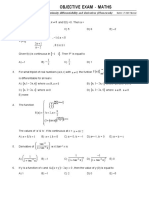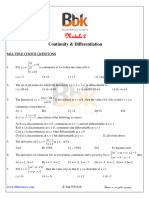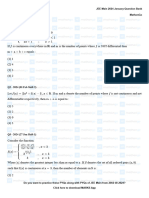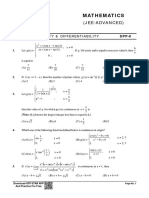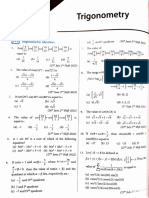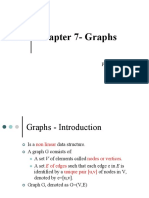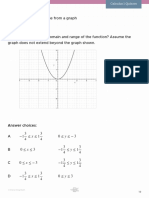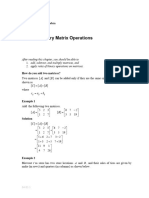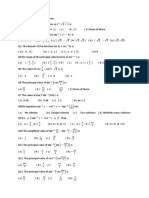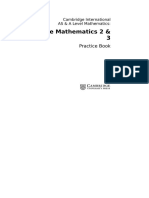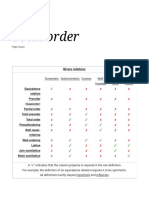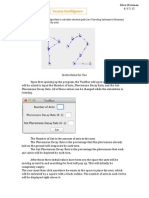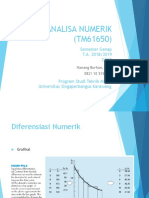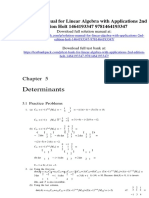0% found this document useful (0 votes)
64 views3 pagesContinuity, Differentiability and Graph of Function
The document contains 10 problems related to calculus concepts like limits, continuity, differentiation. Some key details:
- Problem 1 involves finding limits, derivatives, and values of functions at given points.
- Problem 2 contains questions about continuity, differentiability, and evaluating limits of certain functions.
- Problem 3 asks to prove that if a function f(x) is continuous at x=1 but discontinuous at x=2, the locus of the point (α, β) is a straight line excluding one point.
- The remaining problems involve additional concepts like composites of functions, sketching functions, evaluating derivatives, and determining continuity.
Uploaded by
Saksham GuptaCopyright
© © All Rights Reserved
We take content rights seriously. If you suspect this is your content, claim it here.
Available Formats
Download as PDF, TXT or read online on Scribd
0% found this document useful (0 votes)
64 views3 pagesContinuity, Differentiability and Graph of Function
The document contains 10 problems related to calculus concepts like limits, continuity, differentiation. Some key details:
- Problem 1 involves finding limits, derivatives, and values of functions at given points.
- Problem 2 contains questions about continuity, differentiability, and evaluating limits of certain functions.
- Problem 3 asks to prove that if a function f(x) is continuous at x=1 but discontinuous at x=2, the locus of the point (α, β) is a straight line excluding one point.
- The remaining problems involve additional concepts like composites of functions, sketching functions, evaluating derivatives, and determining continuity.
Uploaded by
Saksham GuptaCopyright
© © All Rights Reserved
We take content rights seriously. If you suspect this is your content, claim it here.
Available Formats
Download as PDF, TXT or read online on Scribd
/ 3




